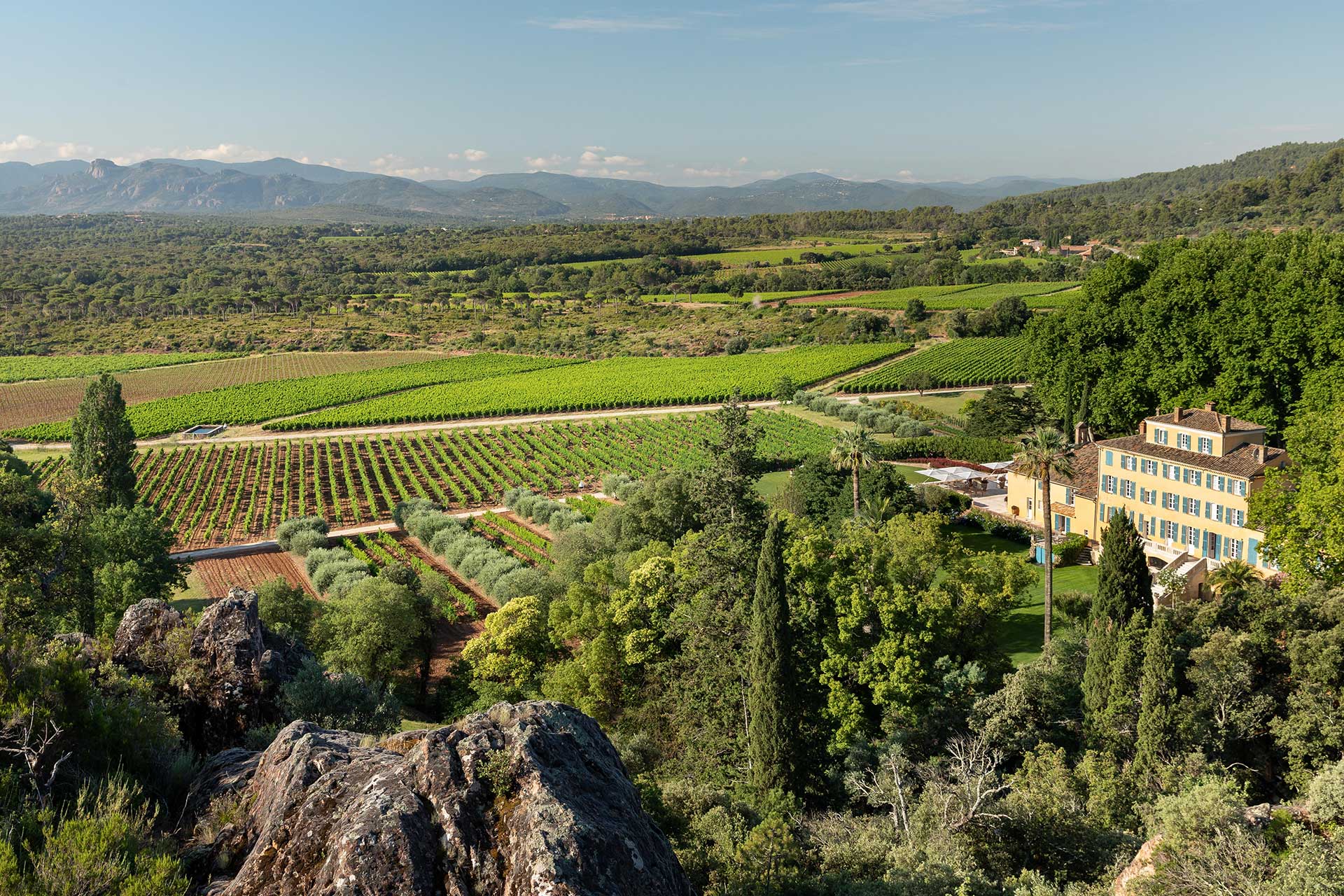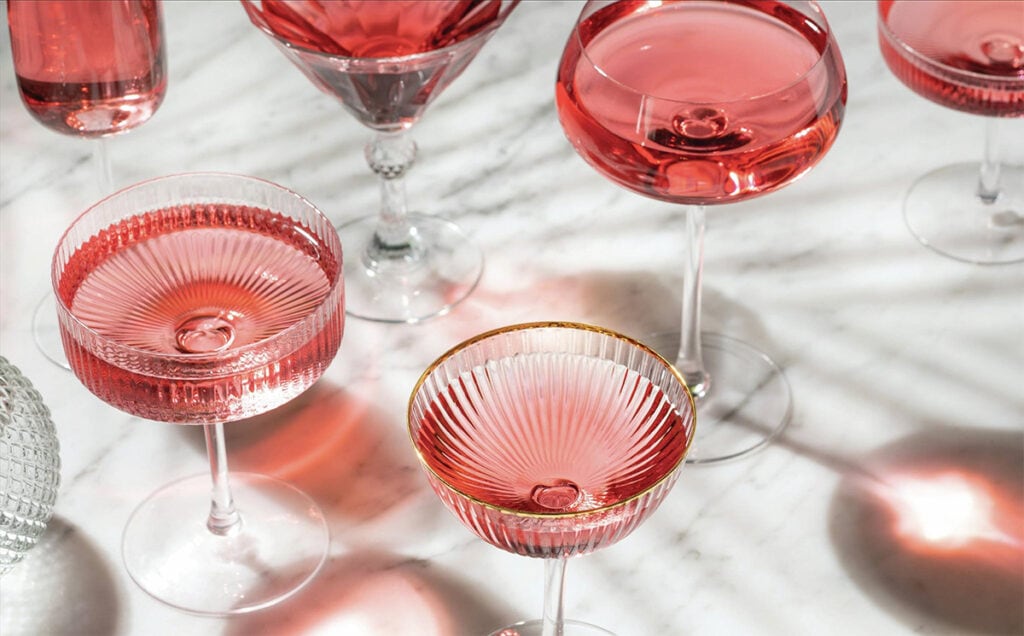The Drinks Business


All the medal-winners from The Global Rosé Masters 2025
By Patricia Stefanowicz
After an intense day’s judging last month, we are able to reveal the full list of medallists from The Global Rosé Masters 2025, in which Provence, the Languedoc and Austria were sources of the very best wines. Patricia Stefanowicz MW reports on the tasting.

ONLY IN the past couple of decades has the wine trade begun to take rosé seriously; and so it should when one considers how versatile and well-suited to many occasions rosé wines are.
Nowadays, Provence and the rest of the French Mediterranée are leaders in the category. Usually based on Grenache, with Cinsault and Syrah making up the rest of the blend, the best wines have just a little tannic grip adding interest across the palate, and making them perfect partners for gastronomy. They also tend to be pristine, pale pink-peach in hue and show their colour in flint (clear) glass. Packaging is crucial because, after all, the first duty of a rosé wine is to be ‘pink’, and to see the colour on the shelf (or on the table) is paramount.
There is still a tendency to go for pale – or paler. This year, there were a few delicious wines which did not have even onion skin in the hue. It seems tricky to sell these styles as rosés, as they are closer to blanc de noirs, although most display red fruits and garrigue or mineral accents. Those winemakers who choose to put the wines in wood for added complexity are risking rather a lot. Get it wrong, and disaster can follow. No wonder, then, that rosé is not inexpensive.
The judges tasted a number of quality, balanced, unoaked wines in the under£15 and £15–£20 price brackets. As expected, Provence and the South of France featured heavily in the smattering of Gold medals at these price points, but there were also Golds awarded to Castillo de Albai from Rioja, Planeta from Sicily and Viñedos Puertas from Maule in Chile. There were a fair few Silver medal-winning wines worth drinking from elsewhere, too, including Portugal, Greece, Australia, New Zealand and England.
For unoaked dry wines, the £20–£30 price point hit the sweet spot. Whispering Angel, Château Puech-Haut’s Theyron, G de Galoupet, Château Sainte Marguerite’s Fantastique, Cantina San Marzano’s Amai Susumaniello, Léoube’s Love, Château des Demoiselles, Château Sainte Roseline and Château La Gordonne’s Le Cirque des Grives all took home Golds.
The £30–£50 price bracket was a little less exciting, but Domaines Ott was awarded a Gold in this group. These wines, where cellar care showed through, had plenty of red fruit and crisp acidity, with just a touch of astringency adding structure. When producers choose to use oak (usually second- or third-fill barriques or demi-muids), the wines seem to be first-class. At £20–£30, Weingut Strehn’s Seerosé from Burgenland took a well-deserved Master medal. And at £30–£50, Bodegas Bianchi (Argentina) earned a Gold and Château d’Esclans (Provence) a Master. The stratospherically-priced wines at £50-plus are in fact relative bargains, with enough structure to suit Michelin-star dishes. Château d’Esclans Les Clans was awarded a Gold, and Gérard Bertrand’s Clos du Temple earned a Master. Our Grand Master was – unsurprisingly – Château d’Esclans’ Garrus, a world-class wine by any reckoning.